Capital misses congestion targets
Updated: 2014-02-13 00:24
By Jin Haixing (China Daily)
|
||||||||
Beijing failed to meet its targets for easing road congestion in 2013, with commuters experiencing more traffic jams across the city.
During rush hours on workdays last year, the average duration of traffic jams was one hour and 55 minutes, a rise of 4.2 percent from the hour-and-a-half recorded in 2012, according to a report by the Beijing Commission of Transport.
The report, which was released on Monday, said that in the main urban area, there were 27.79 million daily journeys. This included 9.09 million trips by private car, 7.06 million trips by bus and 5.72 million by subway.
Easing road congestion was placed at the top of Beijing's work agenda in 2013.
One of the goals set by the transport authority in early 2013 was to ensure the traffic congestion index within the Fifth Ring Road — an area covering most of urban Beijing — did not rise above level 5.
The index indicates the general congestion situation and ranges from 0 (no congestion) to 10 (heavily congested).
However, according to the transport commission's report, the average traffic congestion index on workdays was 5.5, an increase of 4.2 percent from the 5.27 in 2012.
During morning rush hours in 2013, the index was 5.0, a rise of 5.2 percent from 2012, the report said. During evening rush hours, the figures was 6.0, a rise of 3.6 percent from 2012.
The government plans to further limit the number of cars released onto roads each year in the hope of easing congestion and cutting emissions.
In November, Beijing announced that from 2014 through 2017, the number of new cars available to registered drivers in the capital would be reduced from 240,000 a year to 150,000.
This year, the city will further develop the public transport system to facilitate commuters.
It will open four new subway lines or sections this year with a total length of 62.2 km.
Xu Kangming, a transport expert and the founder of 3E Transportation Systems, said Beijing must implement the policies for controlling car ownership and use since they could help the government gain some time in easing traffic problems.
Xu said the move from private cars to a public transport system should be the ultimate goal for Beijing's policymakers in the transport sector.
This year, getting hold of a car has become more difficult, with the number of potential buyers increasing and slashes in the car license quota.
The first lottery for car license plates will take place on Feb 26. The quota of 150,000 cars for 2014 has attracted more than 1.84 million potential buyers, official statistics show.
"I will not give up applying to win a car plate license," said Liu, a woman commuter in Beijing. "But in the mean time, I am also considering the customized shuttle bus service."
Beijing Public Transport Holdings launched customized shuttle buses in September. The service, designed to meet demand for particular routes and stops, is offered for city dwellers seeking a more convenient and environmentally friendly transport option.
Liu said buying a car was a necessity for her, especially after she got married. She has been applying for a license plate since August.
She said that although the government made efforts to improve the public transport system in 2013, it has also resulted in more congestion on public transport.

 Deadly ice and snow storm slams US South
Deadly ice and snow storm slams US South
 Starlings to spend the winter in Israel
Starlings to spend the winter in Israel
 Highlights of Singapore Airshow
Highlights of Singapore Airshow
 Sailors of Xuelong release 'love drift bottles'
Sailors of Xuelong release 'love drift bottles'
 Free 3D painting show for Lantern Festival
Free 3D painting show for Lantern Festival
 China takes first Sochi medal on short track
China takes first Sochi medal on short track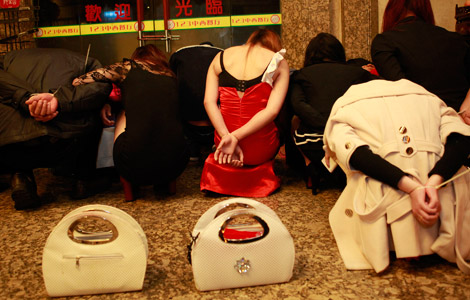
 Guangdong set to slam underground prostitution
Guangdong set to slam underground prostitution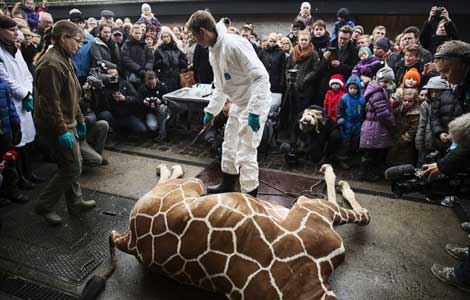
 Giraffe shot and dismembered in Copenhagen Zoo
Giraffe shot and dismembered in Copenhagen Zoo
Most Viewed
Editor's Picks
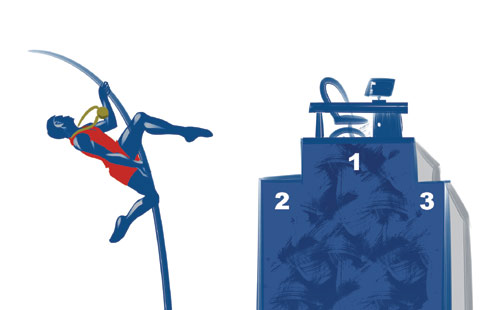
|
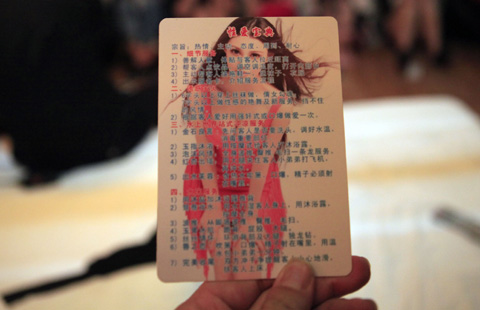
|

|

|
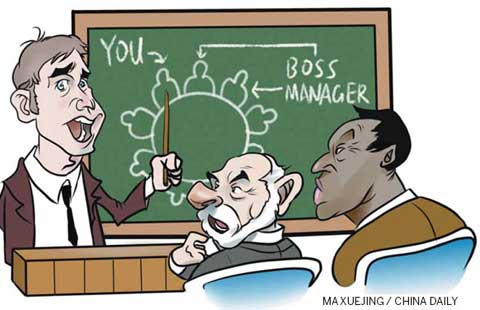
|

|
Today's Top News
Chinese consume too much food from animals
Obama to visit four Asian countries in April
Jade rabbit comes back to life
Embassy in talks over arrest
Beijing low on list of green cities
No casualties reported in Xinjiang quake
Abe's view on history rapped
Prostitution crackdown expands in Guangdong
US Weekly

|

|






